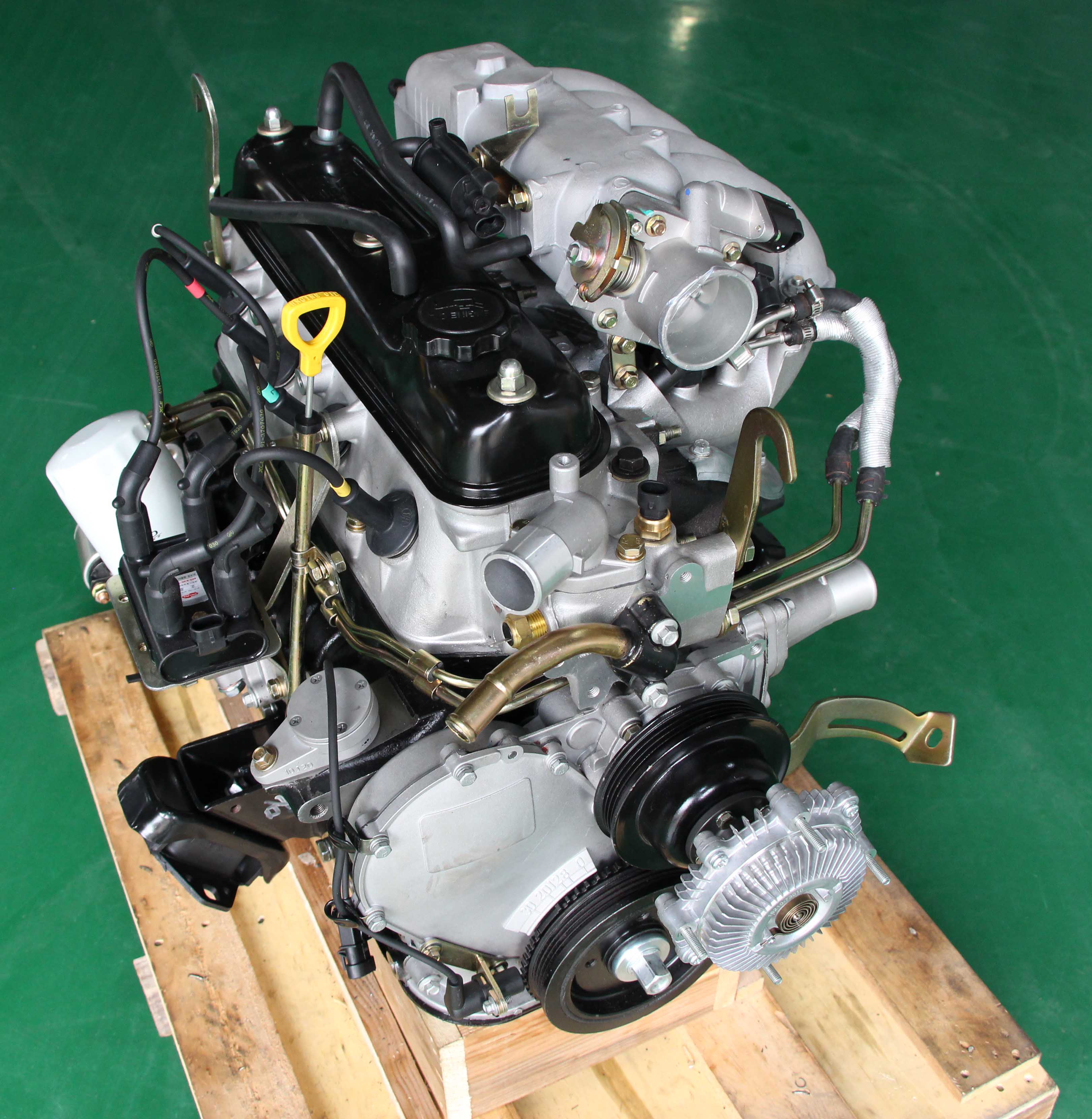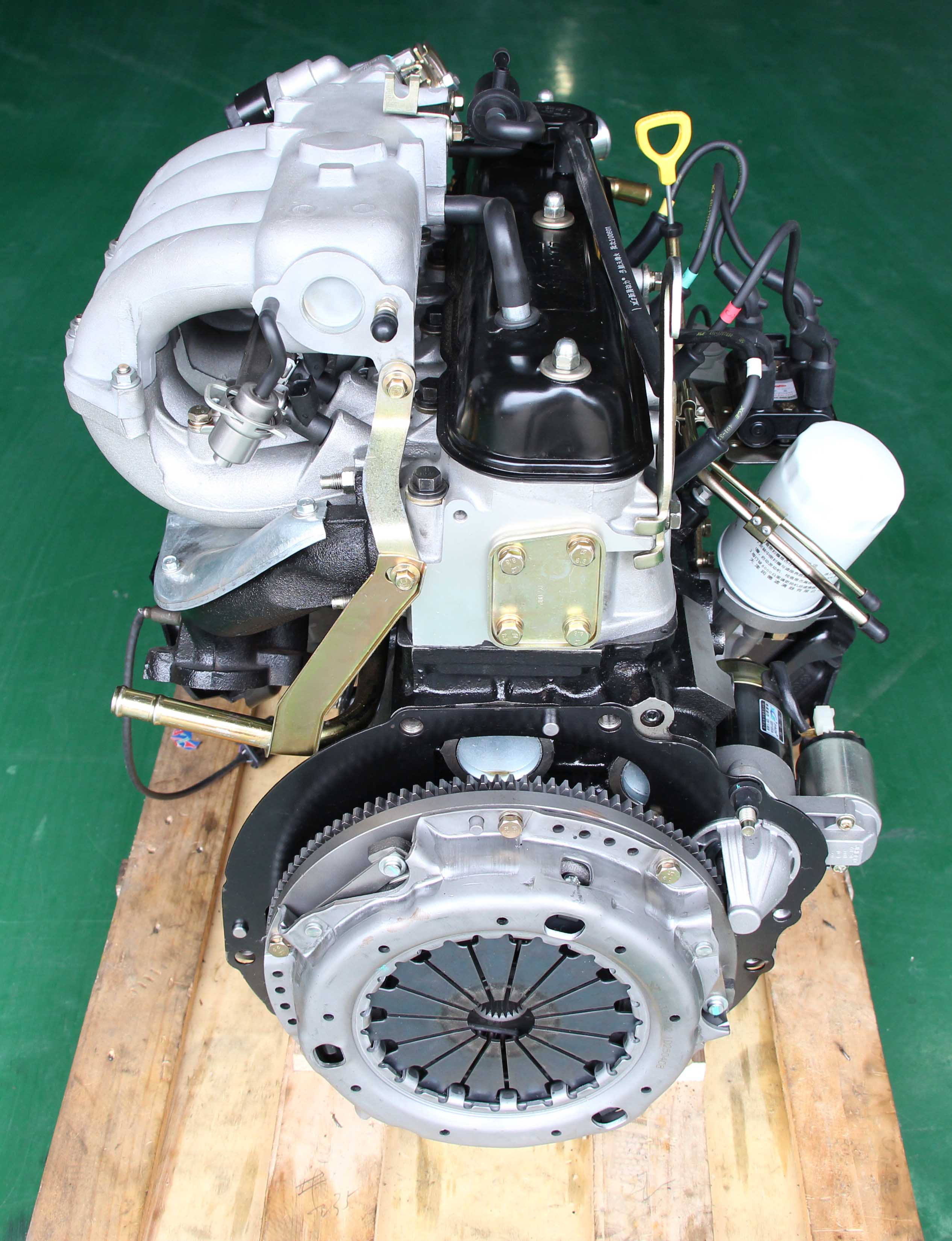A Complete Guide to Understanding the 4Y Engine’s Performance Capabilities
A Complete Guide to Understanding the 4Y Engine’s Performance Capabilities
Blog Article
Why the Engine Is the Finest Option for Performance and Performance in Your Cars And Truck
The engine remains a crucial element in automobile design, largely because of its considerable impact on both efficiency and effectiveness. As developments in technology enable smaller sized engines to provide amazing power while maximizing fuel economic climate, the assimilation of functions such as turbocharging and crossbreed systems becomes progressively important. These advancements not just enhance driving experience however additionally address ecological worries. The concern occurs: how do these elements integrate to redefine our understanding of vehicle efficiency? Discovering this equilibrium reveals much deeper insights into the future of engine style.
Recognizing Engine Kind
Comprehending the various sorts of engines is critical for optimizing performance and efficiency in vehicle design. The main engine types include internal burning engines (ICE), electrical engines, and hybrid systems, each offering distinctive benefits and limitations.
Interior burning engines, which can be more categorized into gasoline and diesel variants, count on the burning of fuel to create power. Fuel engines usually provide higher RPMs and much better acceleration, while diesel engines are recognized for their torque and gas effectiveness, making them excellent for sturdy applications.
Electric engines, on the other hand, utilize electric motors powered by batteries or fuel cells. They supply rapid torque shipment, leading to smooth acceleration and reduced exhausts. The performance of electric engines is substantially greater than that of ICEs, making them a popular selection for eco-conscious customers.
Hybrid systems incorporate both inner burning and electric engines, leveraging the toughness of both technologies. They optimize fuel usage by utilizing electrical power at lower speeds and switching over to gasoline or diesel for greater speeds or much heavier lots.
Choosing the appropriate engine type is essential for achieving wanted performance metrics and environmental sustainability in contemporary auto engineering.
The Effect of Engine Dimension
Engine dimension often plays a critical role in figuring out a car's performance and effectiveness. Normally measured in litres or cubic centimeters, engine size directly influences the power outcome and torque characteristics of a car. Larger engines commonly create even more horse power, enabling higher acceleration and greater leading speeds. This is especially beneficial in applications calling for robust performance, such as cars and heavy-duty trucks.
However, increased engine size commonly associates with decreased gas effectiveness. Smaller engines can provide sufficient performance for day-to-day driving while promoting better efficiency, making them a popular selection in compact and mid-size lorries.
Additionally, advancements in engine style, such as turbocharging and straight gas shot, enable smaller sized engines to achieve power levels comparable to their larger counterparts. This trend stresses the relevance of not exclusively concentrating on engine dimension but also thinking about overall automobile layout and technology (4y engine). Eventually, the influence of engine dimension on efficiency and efficiency underscores the need for customers to examine their particular driving demands and choices when picking an automobile
Advanced Engine Technologies
Innovations in engine technologies have dramatically reshaped the landscape of vehicle performance and efficiency, building upon the fundamental principles developed by engine size. Especially, innovations such as turbocharging and direct gas injection have actually enabled smaller sized engines to supply power levels formerly connected with larger counterparts. Turbochargers compress air entering the engine, enabling increased power output without a corresponding rise in engine size, while straight shot enhances fuel distribution, improving combustion efficiency.
Additionally, variable shutoff timing systems have actually emerged as a vital technology, enabling engines to change shutoff procedure based on driving conditions. This adaptability improves both performance during velocity and gas performance during cruising. Hybrid and electrical engine innovations further highlight the shift in auto design, incorporating traditional inner burning engines with electrical motors to take full advantage of efficiency while decreasing exhausts.
Furthermore, advancements in products scientific research have actually brought about lighter, much more sturdy engine parts, additionally enhancing performance and durability. The combination of sophisticated electronics and engine control systems likewise enables real-time modifications, ensuring optimum performance across various conditions. Jointly, these advanced engine innovations not just enhance automobile efficiency yet additionally add to an extra sustainable vehicle future, showing the continuous evolution of engine design.
Harmonizing Power and Effectiveness
Striking a balance between power and performance is crucial in contemporary vehicle style as suppliers seek to satisfy increasingly strict discharges regulations while satisfying consumer demand for performance (4y engine). The obstacle lies in maximizing engine features to deliver durable power result without compromising fuel economic situation
To accomplish this balance, engineers utilize numerous techniques, such as turbocharging, which boosts engine power forcibly in even more air, permitting a smaller engine variation that boosts fuel effectiveness. Variable valve timing innovations also play a considerable role, enabling engines to change their efficiency characteristics based upon driving problems, consequently boosting both power and performance.
Furthermore, advancements in materials and making techniques have actually caused lighter engine parts, helpful site which minimize total car weight and enhance fuel efficiency without jeopardizing power. Hybrid modern technologies have also become a feasible service, incorporating standard inner burning engines with electrical go to my site powertrains to provide an increase in efficiency while maintaining lower emissions.

Future Fads in Engine Style

In addition, the advancement of innovative materials, such as high-strength alloys and lightweight compounds, is established to revolutionize engine parts. These products not only decrease weight yet also boost thermal performance, consequently maximizing performance. In addition, suppliers are discovering variable compression proportions, permitting engines to adjust to different driving problems, boosting both power output and fuel economic climate.
Further, the rise of man-made knowledge and artificial intelligence in engine style is enabling predictive upkeep and real-time performance optimization. This innovation can result in engines that self-adjust for maximum effectiveness based on driving patterns.

Verdict
In final thought, the engine serves as a critical part in accomplishing optimum efficiency and performance in modern-day automobiles. The interplay in between engine size and style continues to progress, driving technologies that balance electrifying performance with ecological sustainability.
Furthermore, advancements in engine style, such as turbocharging and direct fuel shot, enable smaller sized engines to achieve power degrees similar to their This Site bigger equivalents.Developments in engine innovations have dramatically improved the landscape of automobile performance and performance, structure upon the foundational concepts established by engine size. Turbochargers press air entering the engine, permitting for enhanced power output without an equivalent rise in engine dimension, while straight injection enhances gas delivery, improving combustion effectiveness.
Crossbreed and electric engine technologies additionally illustrate the change in automobile style, combining conventional interior combustion engines with electrical motors to take full advantage of efficiency while minimizing emissions.
Jointly, these advanced engine innovations not just enhance car efficiency yet likewise contribute to a much more sustainable automobile future, showing the ongoing development of engine layout. (4y engine)
Report this page